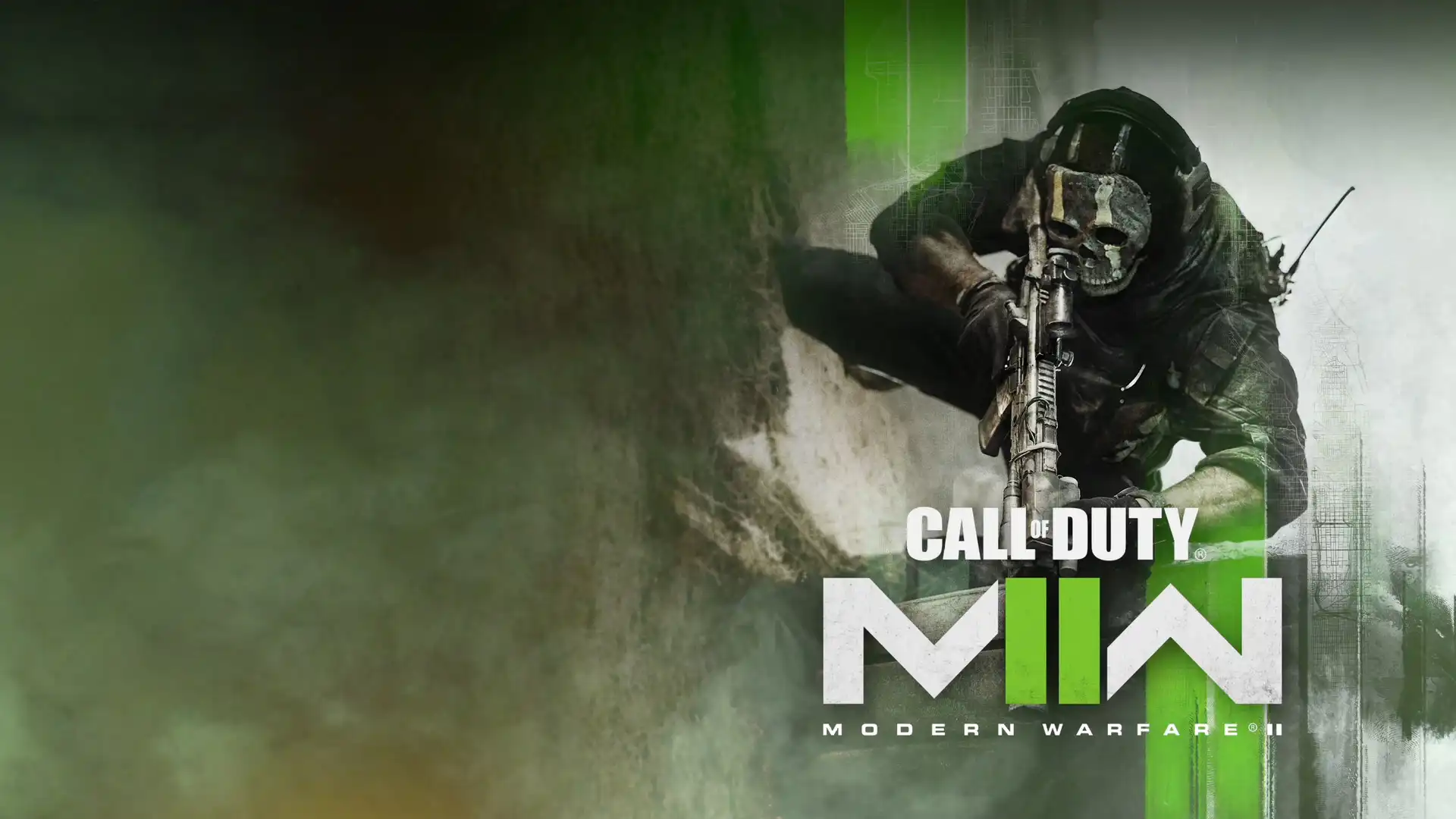A recent addition to the world of gaming has sparked discontent among its players. Warzone, a widely recognized online multiplayer game, introduced a narrative-based introduction to its matches on the new Urzikstan map. However, the game sequence has been met with negative feedback from gamers, who feel it's too long and not up to par with the quality they’ve come to expect in the gaming world.
The introductory sequence on the Urzikstan map premiered during the seasonal update of the game Modern Warfare 3. This major update introduced a myriad of changes including the integration of a battle royale mode. Despite the anticipation for this change, the integration was not immediate, causing some disappointment among the gamer community.
Following the initial release, developers waited until the start of the first season to include the battle royale. On December 6 the first season went live, and it brought a host of updates. Notably, the expansion showcased a new map, Urzikstan, alongside numerous changes to weapons and the addition of new firearms. Other improvements also enhanced the overall gaming experience.

Despite the great anticipation and the novelty of several game features, a singular aspect has become a source of annoyance for many players. Launching a game in Urzikstan forwards players to a narrative cutscene, where they interact with Commander Graves before deploying to the Warzone. Yet, gamers believe that this introduction, though important for the story, impedes the overall gaming progress.
The growing backlash against this development is not isolated to a few players. A large number of Warzone players have voiced their resentment against the game's new intro sequence. They feel what was designed to increase engagement has ironically become an inconvenience. The consensus is that the introductory sequence is cringe-worthy and should be either altered or removed entirely.
These criticisms are not without alternative suggestions either. Some players have proposed that the Warzone developers could take a cue from Apex Legends. In that game, very little time is wasted on an introductory sequences, thus allowing players to quickly get into the action.
The suggestions from players argue for a redesign of the game's onboarding process. Some of these suggestions include customizable player cards that would display lifetime wins, damage, kills, and other statistics at the beginning of the game. There are also suggestions for in-match updates on kill leaders and other key information, thus giving players insights without the need for a lengthy introduction.
The sentiment of the gaming community can be captured in quotes from several gamers. One notable statement includes a demand for the limitation of the introductory sequence to only the first match of Warzone, while another merely emphasized that 'the intro is too long'. The overall criticism echoed the sentiment that the voice acting throughout the game is irritating and bothersome for many players.
This is not the first time a game introduction has caused such turmoil among players. Some gamers have compared the Urzikstan introduction to a past experience with a Verdansk map introduction. In this scenario, a ship crashing into Verdansk caused a noisy disturbance for many players. The noise led to headaches and complaints, showcasing the significant impact a seemingly minor detail can have on the overall gaming experience.
Despite the numerous complaints, it's unlikely that drastic changes will be made immediately after the Season 1 update. However, the developers might consider the player feedback for future modifications to enhance the gaming experience. The overall ordeal serves to highlight the importance of user feedback in shaping gaming software improvements and player satisfaction.
As stakeholders across the gaming industry continue to put resources into improving the player experience, keeping engagement high and dissatisfaction low is crucial. Players are not just consumers but keen influencers who can profoundly impact a game’s reputation and success. Their engagement is a valuable resource and taking their feedback into account can lead to an enhanced gaming experience.
Hence, gaming companies are encouraged to actively seek out player opinions and then use this feedback to refine and improve their games. This will result in a better gaming experience for all, attracting new players while ensuring the loyalty and satisfaction of existing ones.
As the gaming industry continues to grow and evolve, it becomes increasingly clear that players' expectations and feedback play a crucial role. These inputs can either impede or drive the growth of a game. Thus, understanding and accommodating these demands may well be the key to the success of future gaming developments.
In conclusion, game design and development is not merely about technological advancements or graphic design. It also requires astute attention to player experiences and the ability to receive, interpret and implement feedback. In essence, to ensure a quality gaming experience, players must be at the forefront of development decisions, their voices heard and their experiences considered with utmost importance.